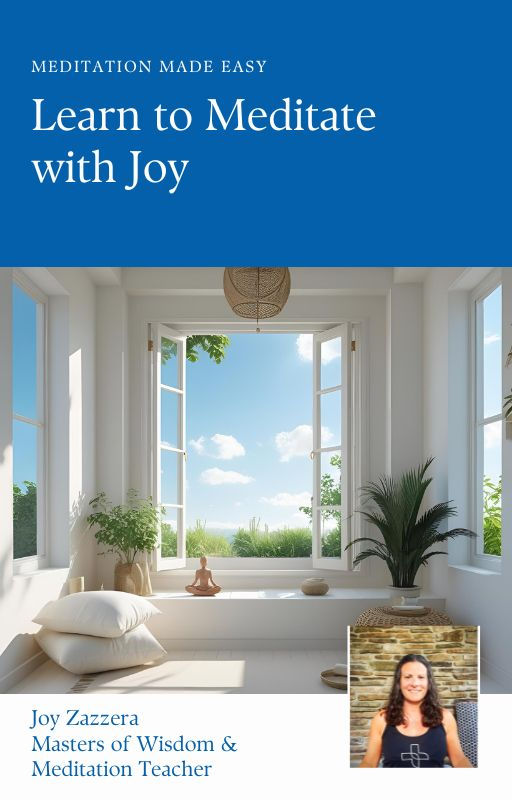How to Create a Meditation Routine
- Joy Zazzera

- Jun 1
- 3 min read
Updated: Aug 21
One of the most powerful and transformative tools we have is a daily meditation practice—built into our day like a trusted anchor. Learning how to create a meditation routine that feels sustainable can be life-changing. Taking regular “time-ins” gives the mind a break from the constant stream of doing. It’s like putting your mental ringer on silent—offering yourself a permission slip to pause, reset, and create space between your thoughts and the demands of your day.
We are creatures of rhythm. Much of our daily behavior runs on autopilot—habitual rituals we perform without thinking. That’s why creating a meditation routine that flows with your existing habits makes all the difference. When meditation becomes part of your natural rhythm—rather than something you have to remember to do—it becomes more sustainable. I learned this through the teachings of meditation master Davidji. After years of being a “crisis meditator” or only practicing after yoga, his practical approach helped me finally commit to a consistent practice—by bookending a morning and afternoon/evening session into my everyday routine.

A simple and effective way to integrate your morning meditation is to follow Davidji’s RPM method: Rise, Pee, Meditate. Most people already follow the first two steps right after waking—so you’re already almost there. If you sit down to meditate immediately after, you’ll start your day with 15–20 minutes of stillness before the world pulls you into motion. The morning mind is often quieter, less cluttered, making it a natural time for meditation. And when you begin your day with grounded awareness, it sets the tone for how you’ll meet the rest of it—with more ease and less reactivity.
Think of RPM as just one part of your morning flow, like brushing your teeth, feeding the dog, or making coffee. The key is not the exact time—but the consistent sequence. When it’s ritualized, it becomes easier to maintain.
If your morning meditation opens the day with clarity, the second practice of the day is your invitation to release. The afternoon or early evening can be a trickier time—your mind is often full, and your schedule more variable. To help establish this second ritual, try using Davidji’s acronym RAW: Right After Work. This might mean meditating before you leave your workspace, just after arriving home, or before you start prepping dinner. The idea is to find a consistent transition point that naturally fits into your evening.
Meditating at this time helps you shift gears more smoothly. Rather than dragging the stress of your day into your evening, you give yourself a moment to recalibrate. If you prefer to meditate closer to bedtime, that’s fine too—just be aware that a deeply rejuvenating meditation may energize you, so consider how close to sleep you practice.
And remember: if you miss a day, that’s okay. Noticing is part of the practice. Instead of slipping into guilt, offer yourself a little kindness and simply begin again. Meditation is cumulative—its effects build over time. Each return to practice is a vote for your own well-being. The key isn’t perfection—it’s willingness.

👉 Want more expert guidance on developing a confident meditation practice?
Download my free digital Ebook, “Meditation Made Easy: Learn to Meditate With Joy,” and get instant access to the guide with a bonus Step-by-Step Daily Practice Guide included—just subscribe with your email to receive it all!
References
Davidji, Secrets of Meditation. Hayhouse, 2012.
Davidji, Masters of Wisdom & Meditation Teacher Training Manual & Lecture Notes. Davidji Meditation Academy, 2025.







Comments